Digital has killed analogue photography right? Well, that may the case in most areas, but analogue is fighting back.
Whether it’s nostalgia creeping back or the unique aesthetic they provide, instant cameras and their distinct prints are seeing a renaissance – even with the dominance of the smartphone, you can’t beat having a print in your hand.
So, whether you’re looking for a fun instant camera to bring out at parties, or wanting to get a bit more creative with your photography, then you’ll want one of these cracking cameras below.
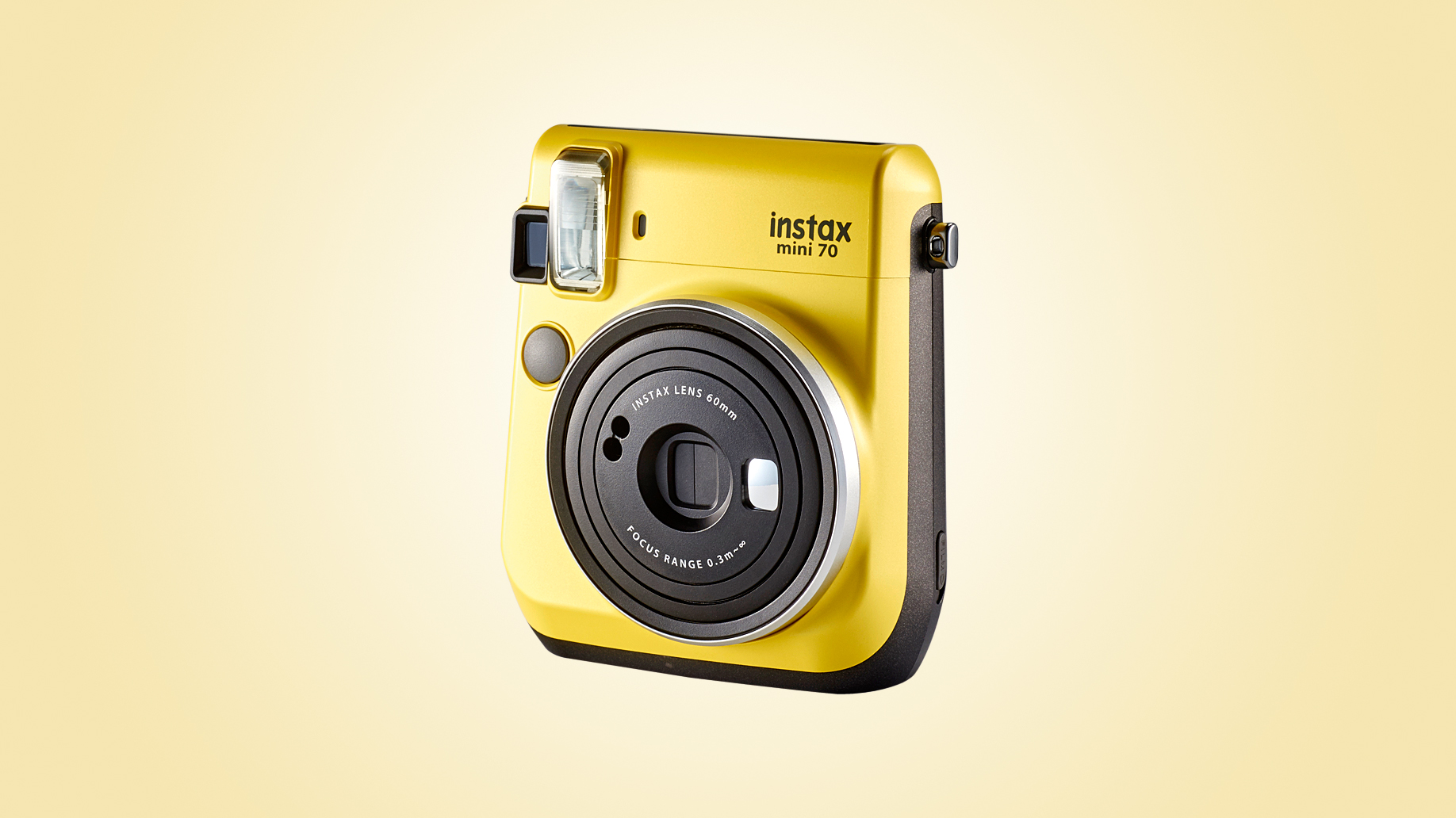
Cheap and cheerful, the instax mini 70 is a cost-effective way to get into instant photography. The only thing you need to be careful of is that you don’t obscure the flash with your finger when you’re taking shots vertically. Everything else is taken care of – focusing, exposure and flash are all fully automatic. The inability to control the flash manually can be a bit of an annoyance – you’d need the more expensive mini 90 for that – but you do get a selfie mode and even a tiny selfie mirror on the front. The direct vision viewfinder is a little cramped, but effective enough. It’s maybe not the kind of camera you’d use for analogue ‘art’ projects, but we really liked the instax 70 as a simple party accessory – and the results are just as good as those from the other instax mini cameras, including the Leica Sofort.
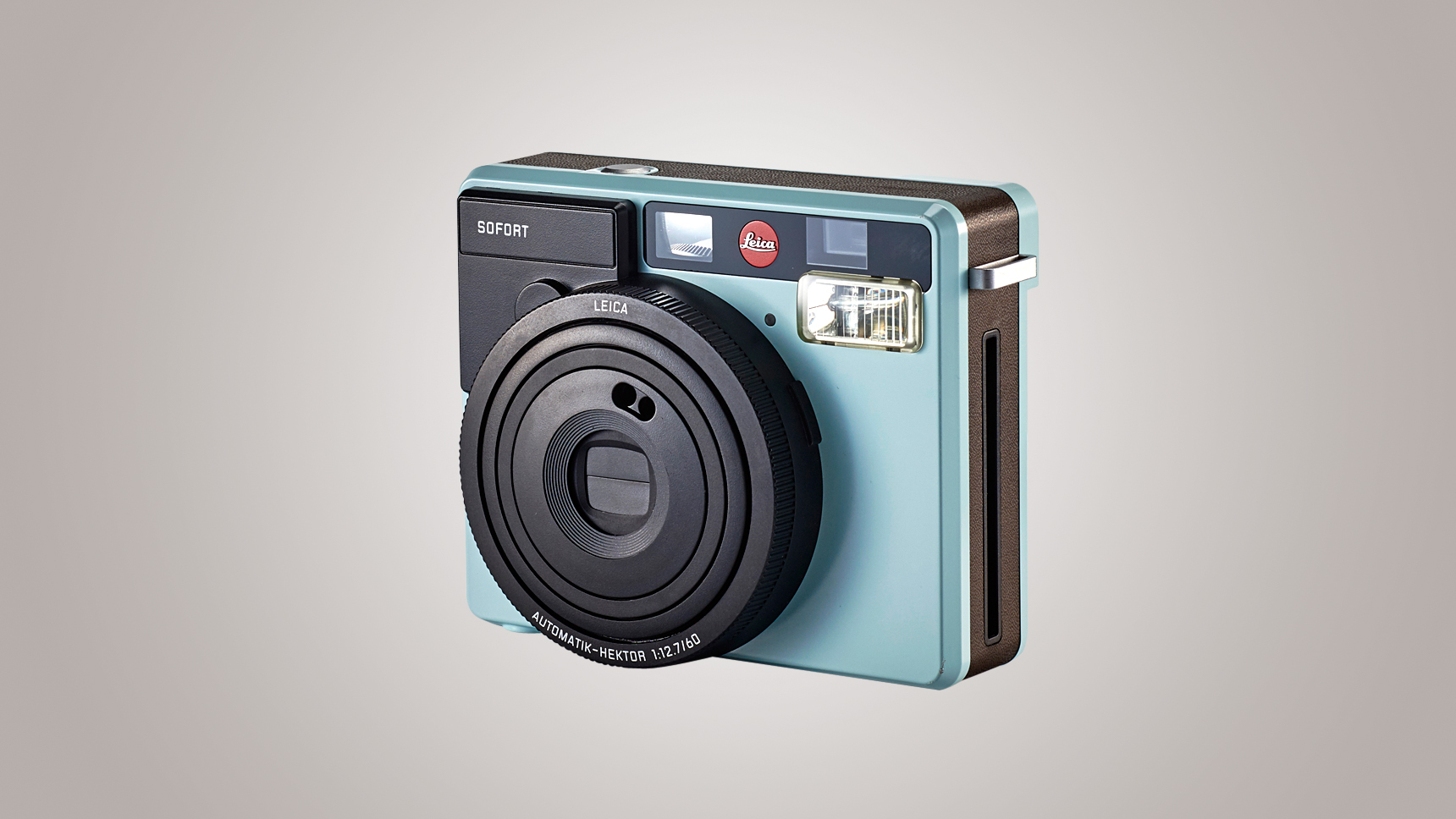
It’s chunky and solid, and although it’s made of plastic, it’s good plastic. It comes in a choice of mint, orange and white, and takes regular Fujifilm instax mini film packs, although Leica supplies its own film packs too, which produce a warm white frame around each picture. You compose shots using the small direct-vision viewfinder in the top left corner on the back of the camera. It’s not very big, but it’s usable enough. For an instant camera, the Sofort offers a lot of control, with Macro, Bulb, Self timer, Party & People, Sport & Action, Double Exposure and Selfie modes – in addition to fully automatic operation. You can also turn the flash on and off. The Sofort is expensive compared to the Fujifilm instax mini 70, despite using the same size of film, but it was the most popular model we used.
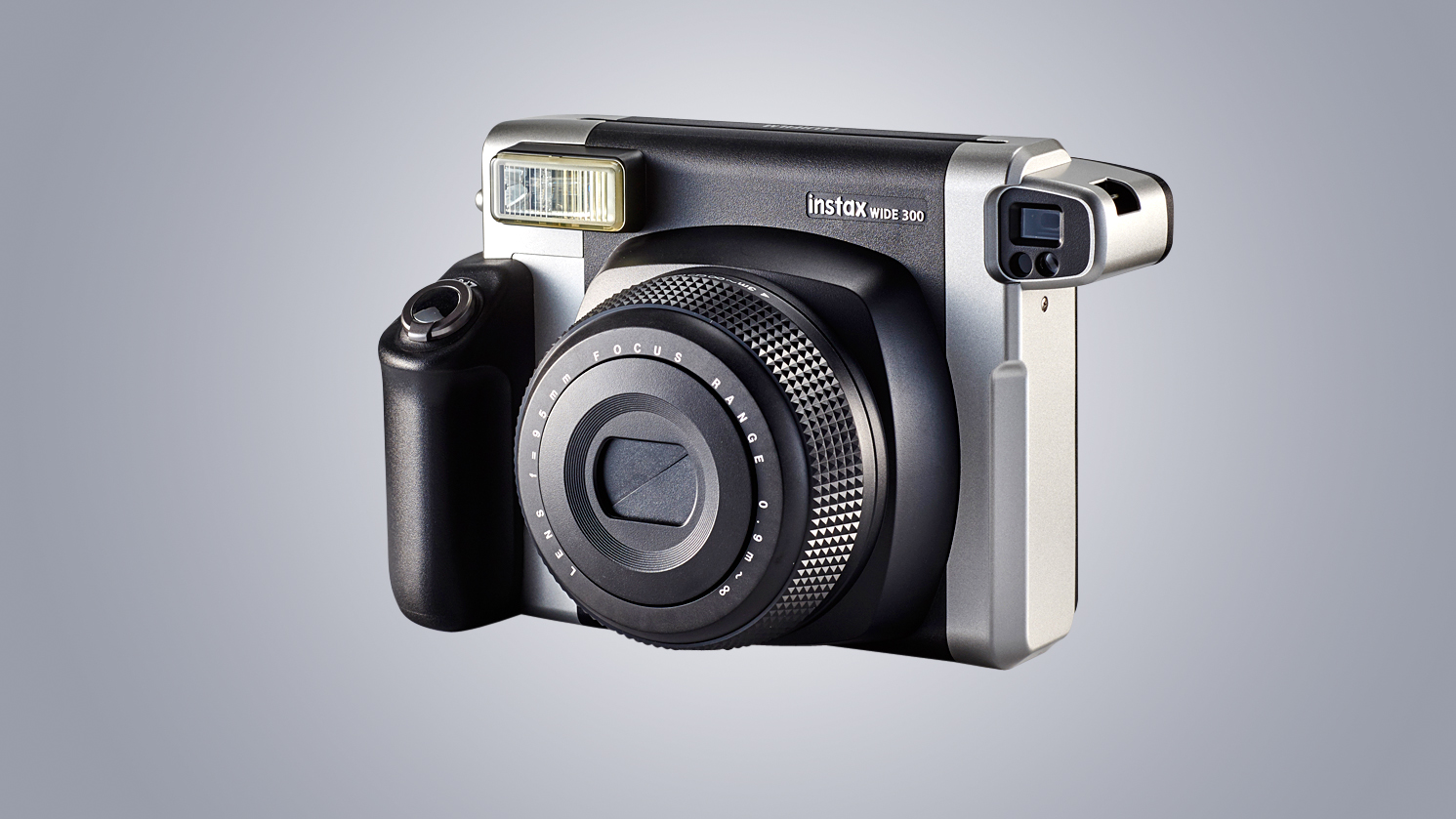
Big hardly covers it. The instax wide 300 is the size of an old-fashioned medium-format rangefinder camera, even a small folding field camera. It’s because it uses instax wide film packs rather than the regular instax mini. The instax 300 wide might look big and clumsy but it’s light, and the generous grip makes it easy to hold and use. You power up with a spring-loaded switch around the shutter release, which extends the 95mm lens. The instax wide format is much larger than a digital sensor, so this equates to a moderate wide-angle lens. For a big camera, though, the instax wide 300 has a tiny viewfinder. It takes practice even to get your eye lined up with the eyepiece. Otherwise, it’s simple to use and delivers very good results. Where the regular instax mini format produces small photo ‘tokens’, these are more like proper photographs.
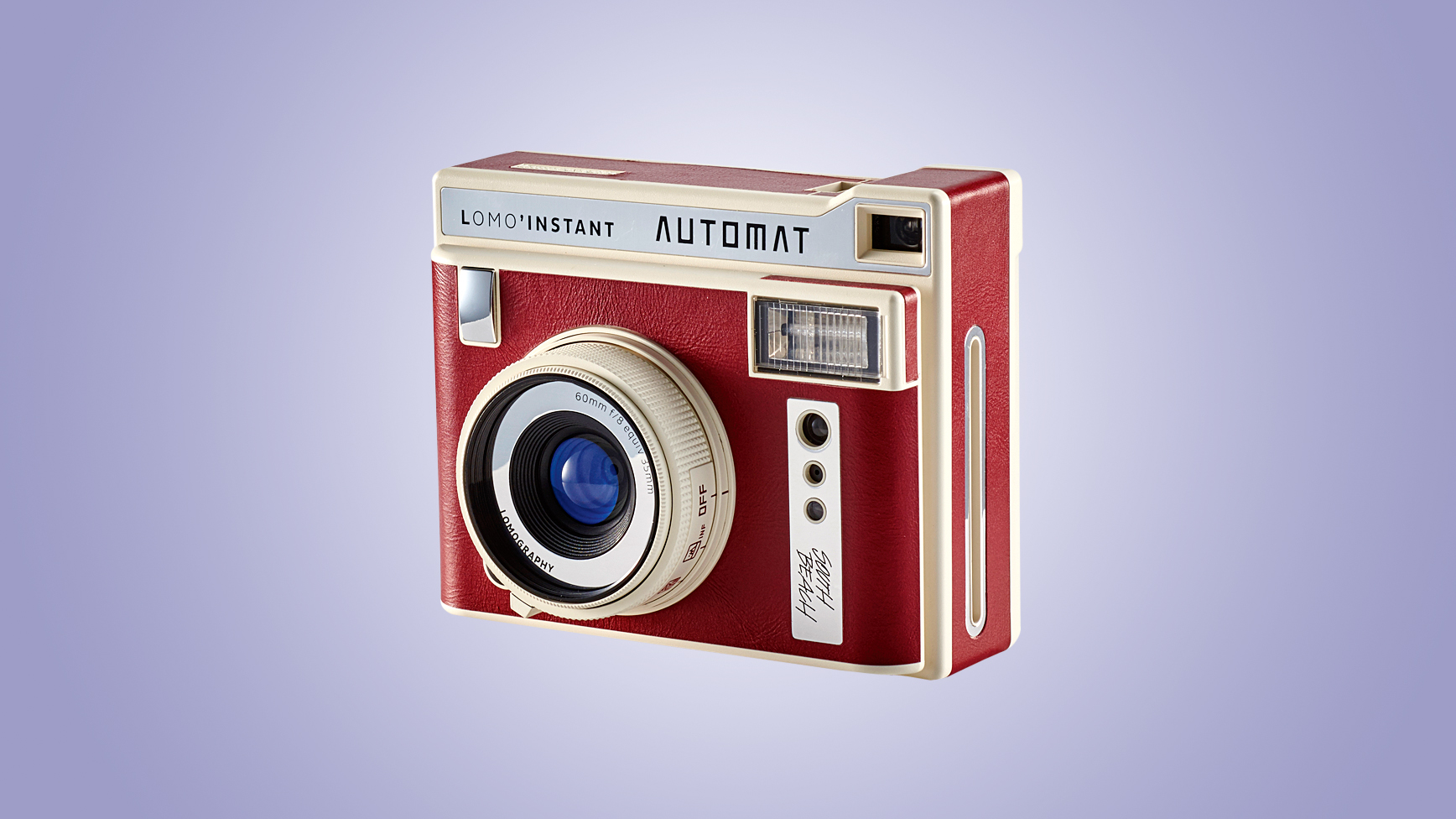
But while the Lomo’Instant Automat South Beach edition is just a tiny bit mad on the outside, it’s pretty conventional on the inside, packing regular Fujifilm instax mini film. It’s not just the styling that makes this South Beach edition different – it also comes with a selection of accessories, including a lens cap that doubles as a wireless shutter release (there’s a slot for a button cell in the cap), a close-up lens, a wide-angle lens, a fisheye lens, and an object called a Splitzer. This isn’t an interchangeable-lens camera – these are just accessories that clip on the front. The Automat is simple to use, with a power switch around the lens barrel that also operates the three-position zone focusing. The viewfinder is small, but easy to find with your eye, and exposure is automatic. It’s nicely made, although some of the icons on the back are hard to decipher, the full accessory kit pushes up the price… and will you really use it all?
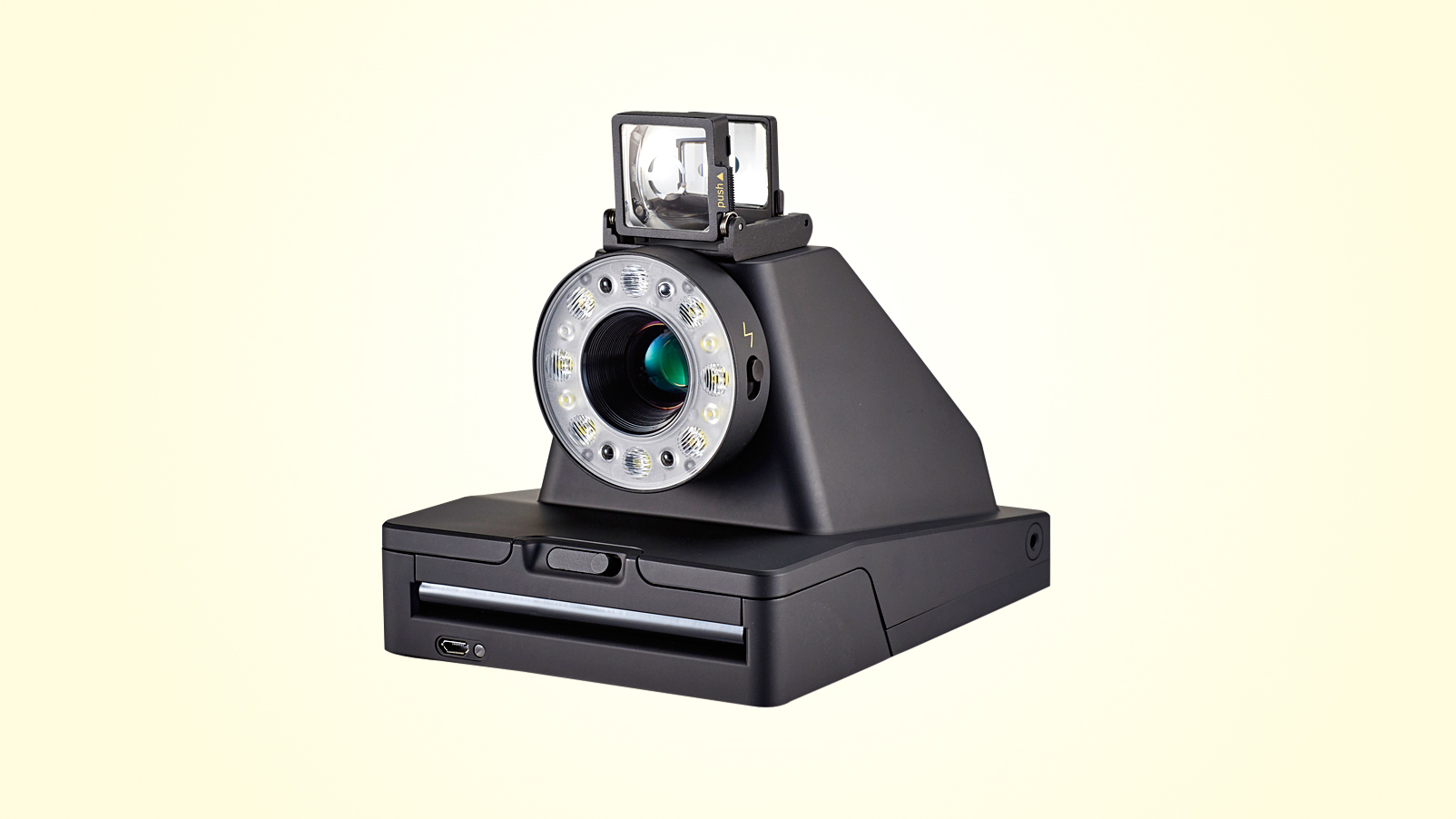
Resembling a cross between a plastic pyramid and a spaceship from Close Encounters of the Third Kind, the Impossible I-1 is the only new camera for the original Polaroid film. The lights around the lens form a ‘ring flash’ for softer portrait lighting, while it even comes with a free I-1 app for your smartphone. You can use this as a remote trigger, a noise trigger and a self-timer. The app also allows double exposures, light painting, and aperture and shutter speed adjustment – and it works as a photo scanner too. This makes the I-1 an excellent tool for experiments in instant photography, but too cumbersome for informal party shots. The shape doesn’t help – this is a bulky camera to carry around. The battery in our sample lost its power far too quickly as well: the battery was flat practically every time we went to use the camera.
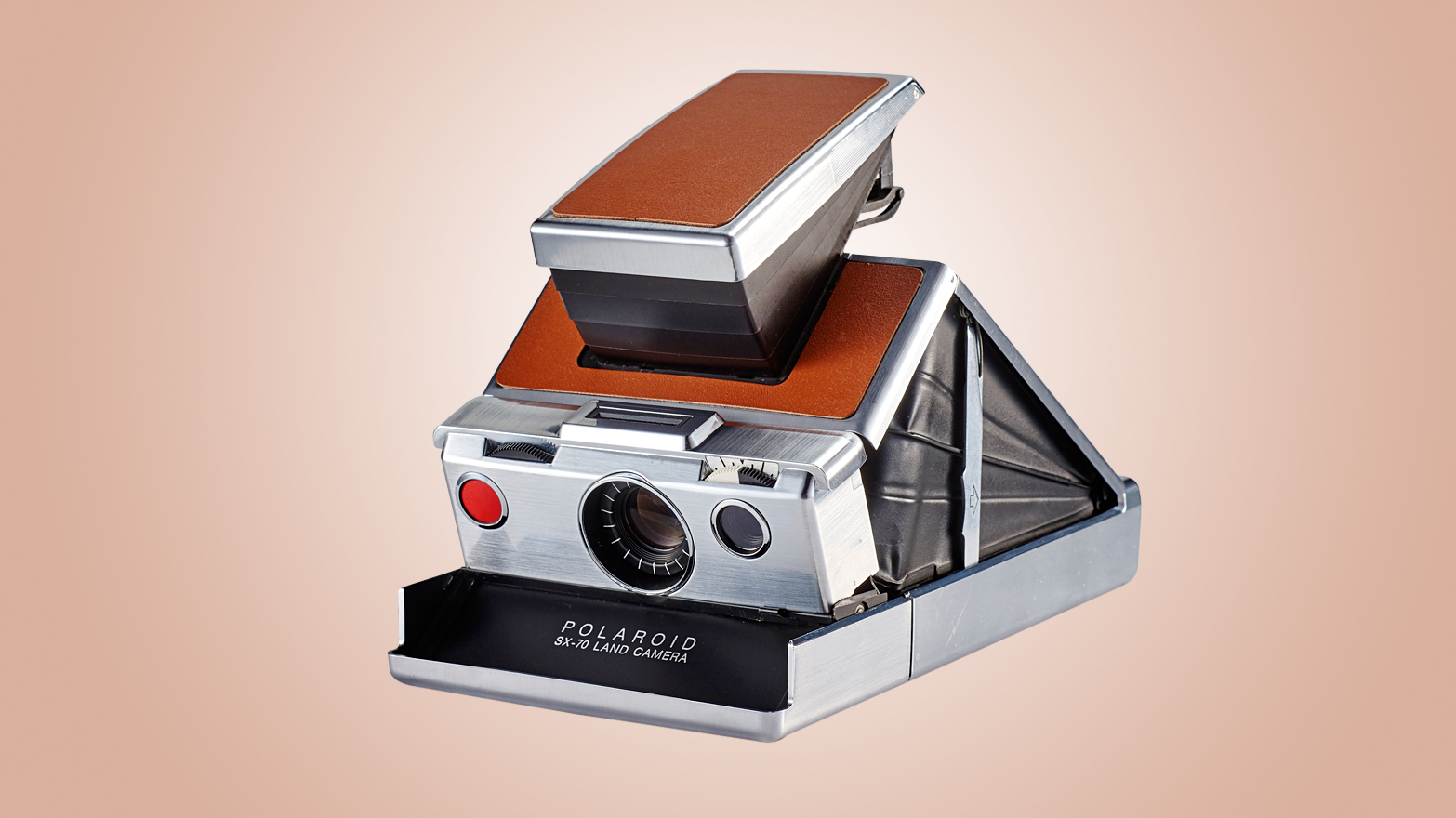
Amazing to look at even now, the Polaroid SX-70 (refurbished and sold by the Impossible Project) is a real blast from the past. Even unfolding it for use is an adventure, with the top of the camera opening out on a set of bellows. It’s an ingenious system because you even get through-the lens viewing and focusing via a pop-up eyepiece on the rear of the viewfinder housing and a split-image rangefinder. It’s a bit dark, but it is at least a ‘proper’ viewfinder. You adjust the focus with one dial on the front of the camera and the exposure compensation with another – the new Impossible Project film has a different sensitivity to the original emulsion. The camera is great, but the film is expensive for experimenting with (each pack has a battery built in) and the 30-minute development time is so long that this camera is actually far from ‘instant’. You also need to make sure you get the proper SX-70 film, which has a lower sensitivity than the others
5 films to choose from
1. Instax mini
The most common instant film format, producing pictures measuring just 62 x 46mm.
2. Instax wide
Twice the size of instax mini and twice the price, but photos measure a meatier 99 x 62mm.
3. Polaroid SX-70
Not all Polaroid instant film is the same. The SX-70 film has a lower sensitivity.
4. Polaroid I-Type
Designed for use in the Impossible I-1, I-Type film packs don’t have batteries built in.
5. Polaroid 600
Film designed for Polaroid 600-type cameras. It can also be used in the Impossible I-1.